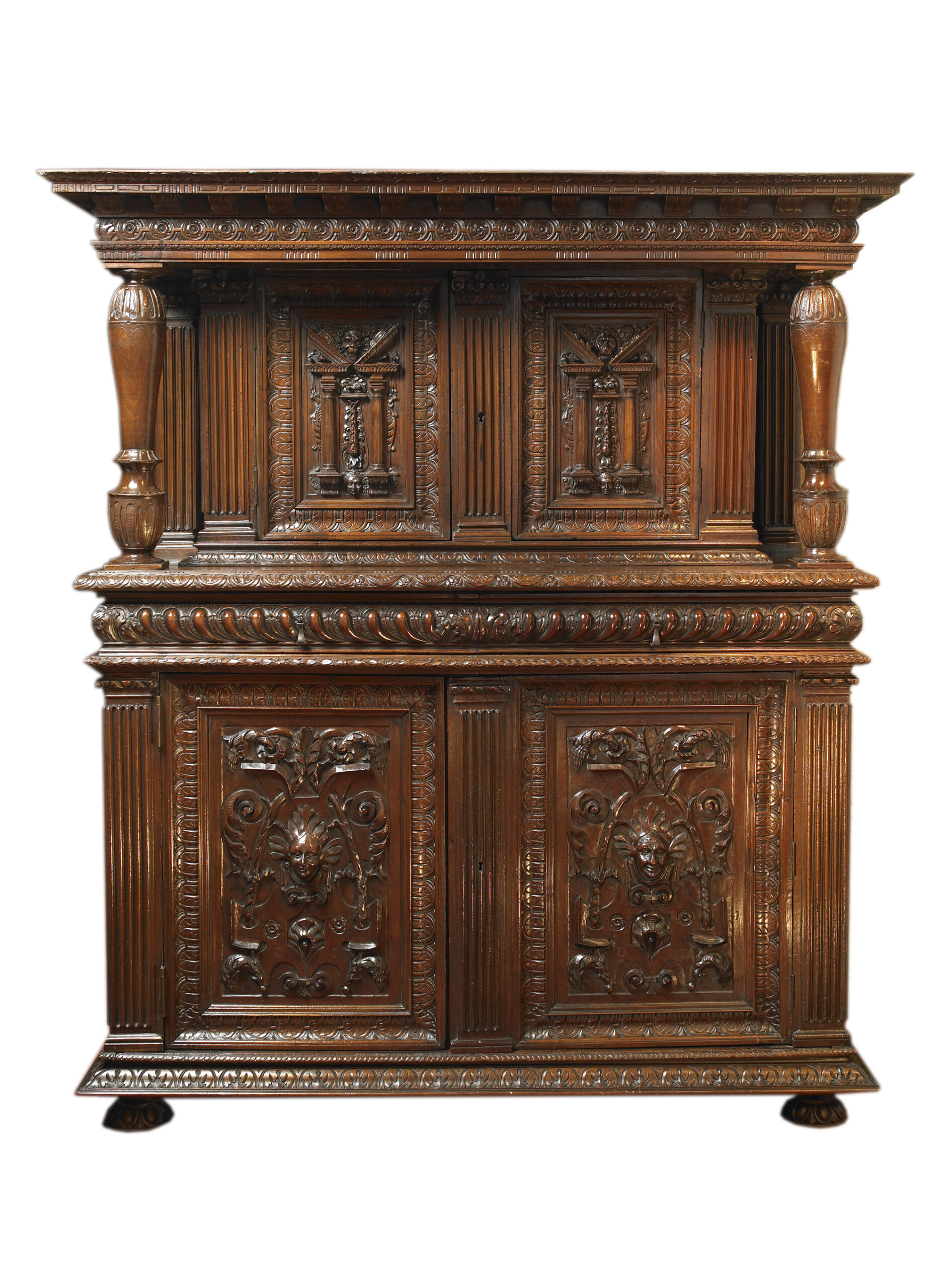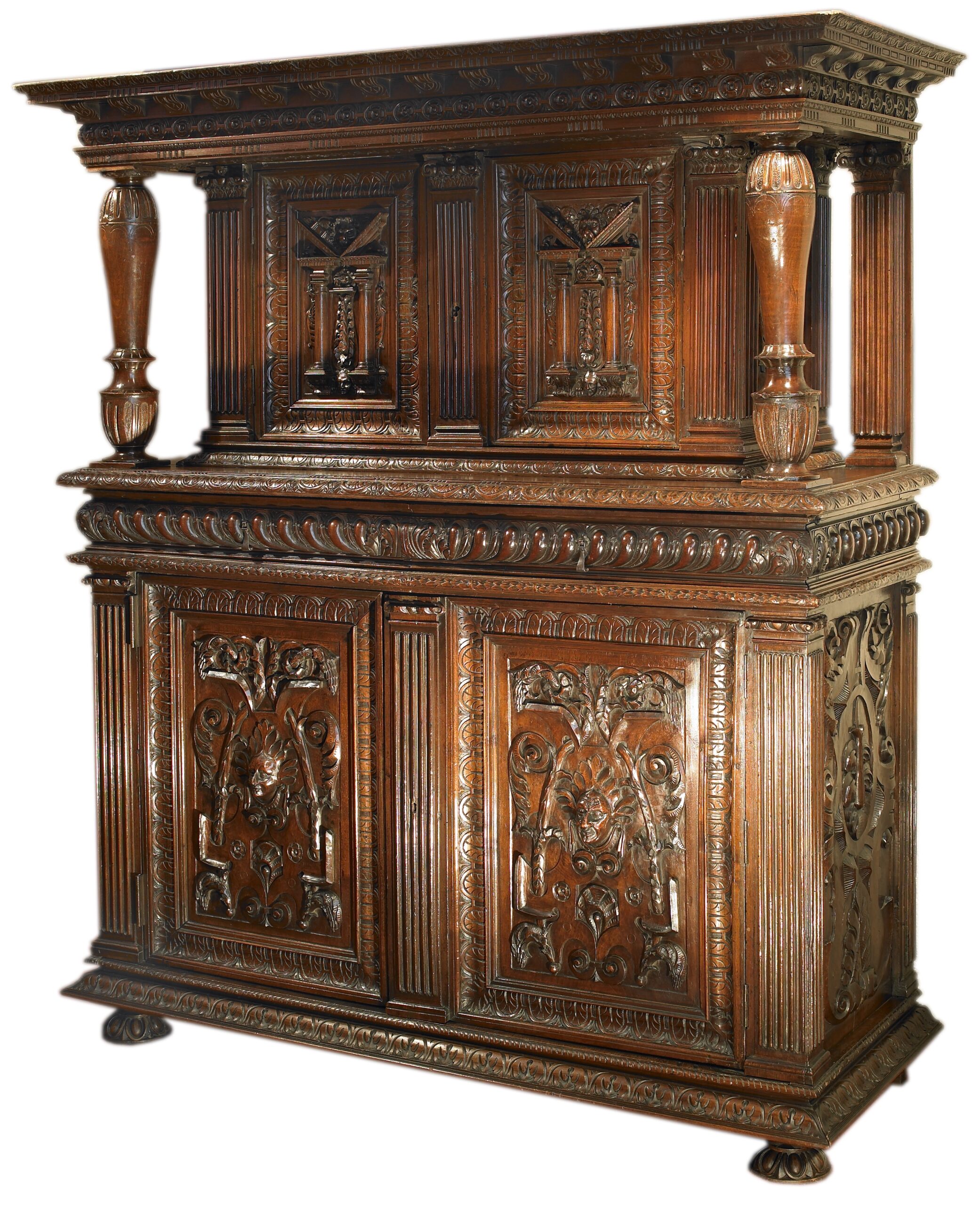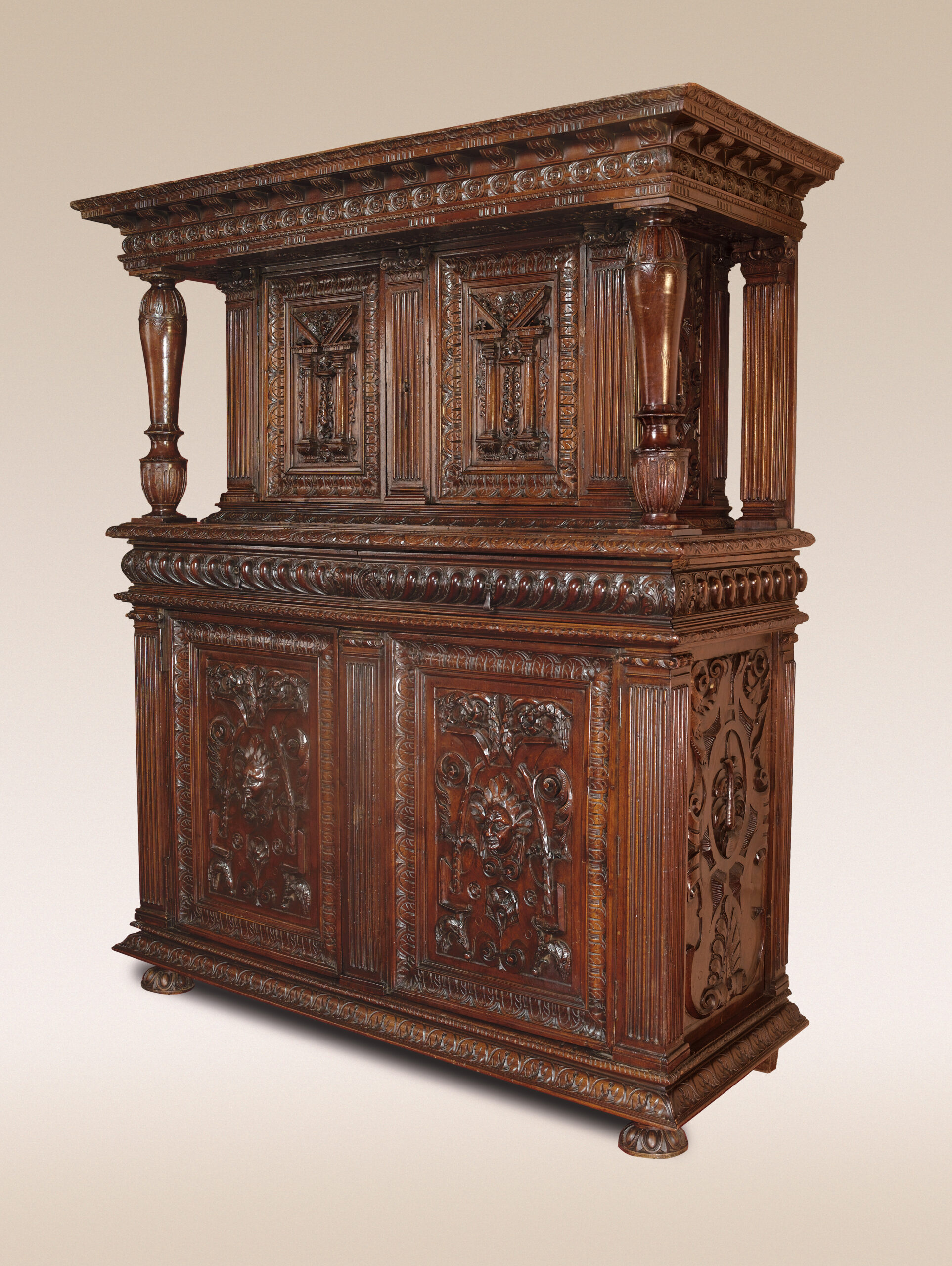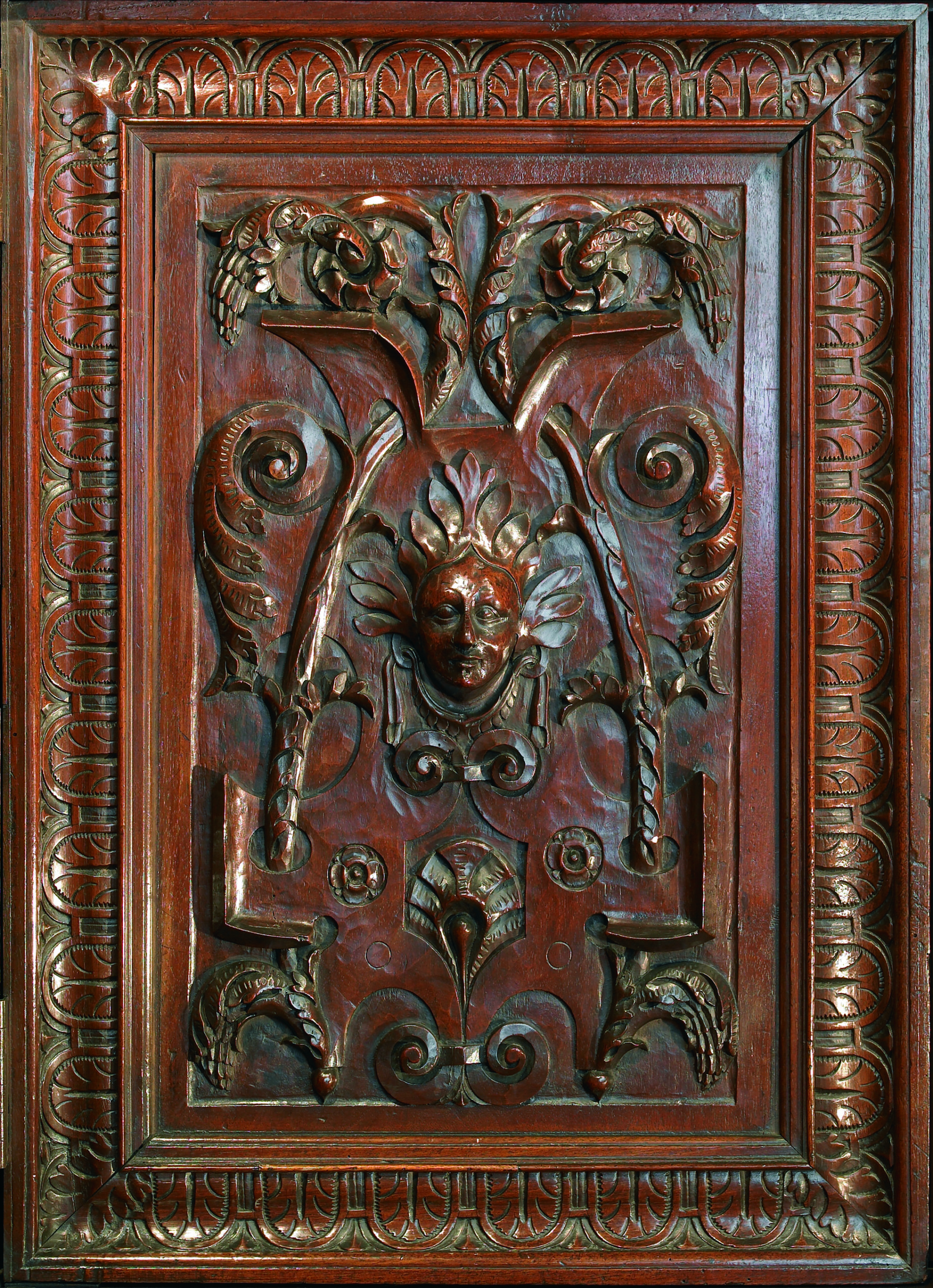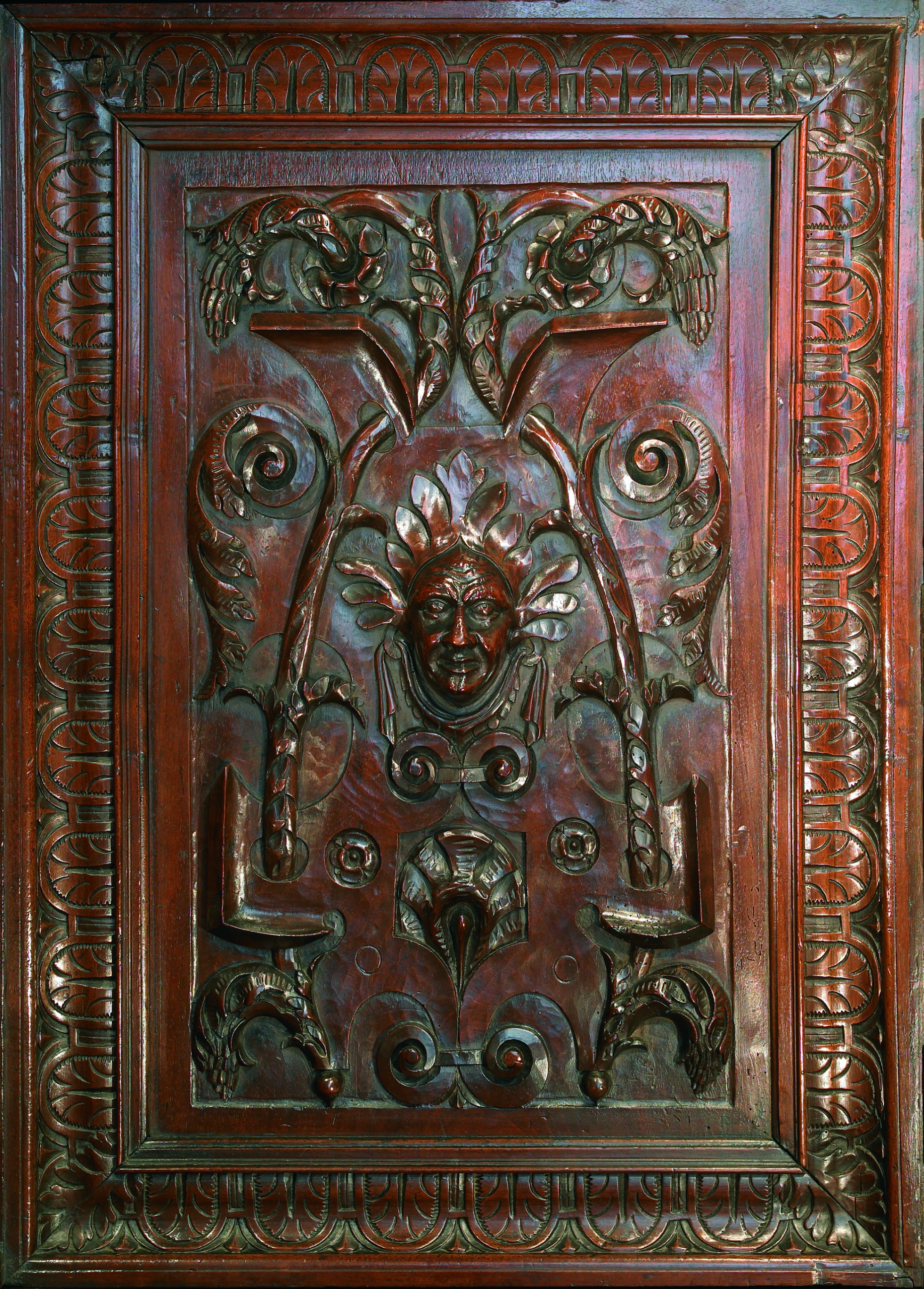Description
During the second Renaissance, the art of furniture tends to model itself on the classical architectural system, which was inherited from the Antiquity through Italy and the Quattrocento.
This system is founded on a principal of mathematical proportions and each part of the building is a reference to a conventional unit of the modulus. During these times the man of the Renaissance discovers the human’s power over an objective world to his measurement. This is precisely this measure that architects are supposed to design by bringing connections between men and the world.
Lyon’s originality resides in the fact that the classical architecture is not found to be used as it is elsewhere, like with du Cerceau or Jean Goujon.
Furniture from Lyon mainly imitates the main architectural features and rigid layout, but often neglects the features such as the columns and the pediment.
The decoration is inspired however, by elements of metalwork such as encrusting or even engraving. On this piece of furniture, the leather cut-out decor on the lower doors and on the sides is inspired by patterns from the vignettes of recent Lyonnais printing.
On this exceptional Lyonnais cabinet there is a mix of influences from the Burgundy region. These influences appeared after the publication of Hugues Sambin’s ‘De la Diversité des Termes’ and after his work became known in Dijon.
While these cabinets are adorned with figures of fauns on their uprights, their panels figure a fantasy world in which there is a mixture of coiled plaits, masks, curled cut-out leather and chimeras.
This piece of furniture is made up of a full lower body and a set back upper body. The cabinet has a remarkably executed and richly ornamented facade and sides with certain elements particularly rare.
One of these is the entablature and cornice strongly overlapping and supported by two baluster columns with carved rosettes and flowers framed by a squared leather motif.
Upper Body
Between the two ionic fluted pilasters on the uprights enriched with an egg and tongue motif, the two opening doors are not equal in size. The right hand door has a third pilaster on its casing which gives this piece of furniture an architecturally ternary rhythm.
The two panels are carved with the same pattern of a semi-portico with inverted triangular pediments. Between the columns appears an acanthus chalice motif which can also be found on some works related to Hugues Sambin (chapelle du Saint-Esprit and salle Saint Louis, Palais de Justice, Dijon.)
On those doors, between the bases of the columns features a mask: male on the left, female on the right.
In the acroterion, on the slopes of the pediment we can see: a quiver full of arrows on the left and a fruit garland on the right.
These combined elements suggest that this is a wedding piece of furniture on which are depicted the spouses by their corresponding attributes and functions in the marriage.
Two eagle headed terms frame the columns.
The entablature overlapps on three side. On the back it rests on the two fluted pilasters and at the front, on the two partially fluted balustered columns. The façade is adorned by a row of carved piastres and below a row of glyphs distributed in groups of five.
The cornice above the entablature is decorated with an alternating row of three rectangles and five glyphs and another row upon which a ribbon weaves between leaves and roses. The cornice rests on top of consoles carved with small curved bird feathers.
Lower Body
At the front, the cabinet rests on egg-and-tongue patterned feet and a carved base. The lower body also has three fluted pilasters with ionic capitals, the central pilaster being on the casing of the right hand door. It has two doors, with very high quality carvings on each. These carvings display a leather cut-out and identical plants emerging from the top and from the bottom. On the sides, the leather coil finishes in an acanthus leaf.
The centre of the leather cut-out decor is occupied by a large mask representing a woman on the left and a man on the right.
We should see in this motif the depiction of the spouses to which the cabinet was given.
Above, on the belt is a frieze that bears a pattern of strong gadroons which are inclined towards the edges of the cabinet. This frieze conceals two drawers with hanging handles.
The two ridges framing the drawers, are decorated with carvings. One is adorned by a thread of linked bay leaves while the other is enriched by a frieze of small feathers with an alternating pattern of pomegranate segments and semi rosettes in its center.
The sides
This fine quality piece of furniture has carvings completely covering both sides. The designs both top and bottom are very similar but of different sizes and are both inscribed between two fluted pilasters with ionic capitals.
The carving consists of an open leather cut-out, revealing in the centre a beautiful acanthus chalice, typical of the Burgundy area, like the one seen on the upper body of the cabinet.
We present here a piece of furniture of fine quality, with exceptional carving and a rare design which confirms the originality of this Burgondo-Lyonnais.

